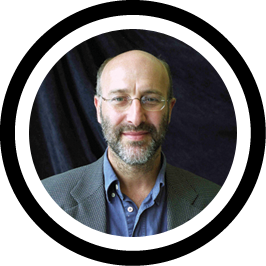
Here was the loose-lipped zaniness of the Goon Show there was the loose-hipped sensuality of Brigitte Bardot. But Lewisohn adds a dash of determinism to the mix, studiously putting the socio-cultural building blocks in place: here was the first generation since pre-1939 not to be forced into army duty over there, across the sea, was the birth of American rock-and-roll. Previous Beatles historians have understandably concentrated on the alchemical reaction between the group’s four members, and particularly Lennon and McCartney, to explain its phenomenal rise to prominence. This was not a city that tolerated waste. They used it, of course, on their next composition. Paul tells the story of how he and George once travelled to the city’s suburbs because they had heard of a stranger who knew how to play a B7 chord on the guitar.

It was a place of hardship, but also somewhere that understood the excesses of boyhood passion. The profiles of the group’s families are the best we have yet read, and Lewisohn’s scrupulous research – he has already devoted a large part of his life to writing definitive books on The Beatles’ recordings – adds real depth to his portrait of postwar Liverpool. The first 250 pages of Lewisohn’s book escort us out of the 1950s with a historian’s eye for detail and a measured prose style that serves its frequently overcooked subject well. “ couldn’t have known it,” writes Lewisohn, “but by slipping into Long Tall Sally he was sliding into John’s main artery.” The addiction was mutual, and would be cured, in time to come, with a great deal of pain. Paul switched to piano, and into his Little Richard routine. The normally scathing Lennon was rocked by McCartney’s precocious abilities.

The younger boy, just turned 15, grabbed Lennon’s guitar, helpfully adjusted its unfamiliar banjo tuning, and burst into song. It was always evident in Lennon’s acerbic bullying of less keen intellects, and hilariously present in Paul McCartney’s jousting when he first met his mucker-to-be in July 1957.


 0 kommentar(er)
0 kommentar(er)
